Aquatic Biology
biol 322 - Great lakes - Summer Session I
Ecology, identification, systematics, culture, and care of aquatic plants and animals, and adaptations to freshwater environments. Aquatic life is studied in the laboratory as well as in natural systems. Emphasis is placed on lakes, ponds, and streams, but wetlands (bogs, marshes, swamps) are also touched upon. The course assesses human impact on aquatic species and ecosystems, presents procedures for the stewardship of aquatic habitats with an emphasis on stream quality assessment, and introduces aquatic restoration ecology. Prerequisite: one year of general biology or one semester each of general zoology and general botany. (4 credits)
Field
Professor: Dr. Steven Lane
Meets: Wednesday & Friday
knowledge gained
Community structure, lake stratification and the River Continuum Concept
Systematics and adaptations of aquatic organisms
Energy flow and nutrient cycling in aquatic systems
Human impact on aquatic systems with special emphasis on pollution and on the impact of invasive species
Aquatic restoration: erosion control, dam removal, stocking, control of invasive species
skills developed
Caring for freshwater tank displays
Chemical physical and biological stream assessment with emphasis in macroinvertebrate collection and identification
Computation of Water Quality Index Rating
Computation of Pollution Tolerance Index Rating
Fish identification using field keys
How to use a DO meter, Secchi disk, turbidity tube, Van Dorn sampler, Eckmann dredge and plankton nets
How to assess E. coli levels in aquatic systems
Field Experiences
Beaver Pond
Au Sable or Manistee River (chemical and biological assessment)
Sunset Trail Swamp
Boardman River
Big Twin Lake
Manistee Lake
Bear Lake Bog
Jordan River Fish Hatchery

